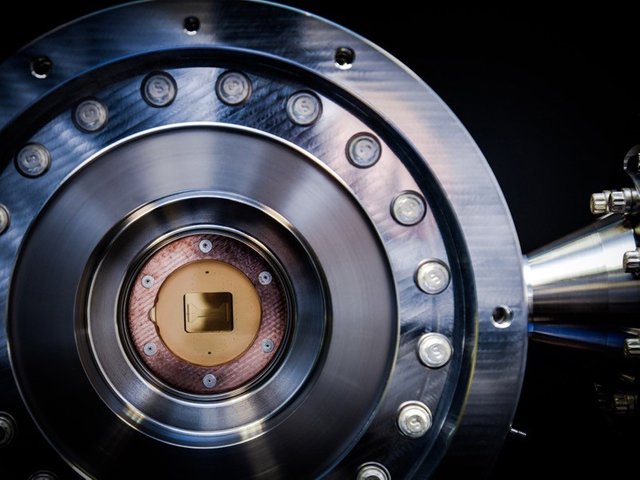Quantum computer race intensifies as alternative technology — gains are on
A technology for building quantum computers that has long been sidelined by major companies is gaining momentum. As quantum computing has transformed from academic exercise to big business over the past decade, the spotlight has mostly been on one approach — the tiny superconducting loops embraced by technology giants such as IBM and Intel. Superconductors enabled Google last year to claim it had achieved ‘quantum advantage’ with a quantum machine that for the first time performed a particular calculation that is beyond the practical capabilities of the best classical computer. But a separate approach, using ions trapped in electric fields, is gaining traction in the quest to make a commercial quantum computer.

Earlier this year, technology and manufacturing company Honeywell launched its first quantum computer using trapped ions as the basis of its quantum bits or 'qubits', which it had been working on quietly for more than a decade. Honeywell, headquartered in Charlotte, North Carolina, is the first established company to take this route. In October, seven months after the launch, the firm unveiled an upgraded machine; it already has plans to scale this up.
Beyond quantum supremacy: the hunt for useful quantum computers
And last month, University of Maryland spin-out firm IonQ announced a trapped-ion machine that could prove to be competitive with those of IBM or Google, although the company has yet to publish details of its performance. Smaller spin-out firms — such as UK-based Universal Quantum and Alpine Quantum Technology in Innsbruck, Austria — are also attracting investment for trapped-ion projects.
Trapped-ion quantum computers are far from new: they were the basis of the qubits in the first basic quantum circuit in 19951, long before anyone used superconducting loops. But efforts to put all the building blocks together to build viable commercial systems are “sort of bursting on the scene now”, says Daniel Slichter, a quantum physicist at the National Institute of Standards and Technology (NIST) in Boulder, Colorado.
A bronze-coloured chip embedded in concentric rings of metal.
Honeywell’s ion trap inside a vacuum chamber.Credit: Honeywell Quantum Solutions
“I think nowadays people say ‘superconductors’ and ‘trapped ions’ in the same breath, and they weren’t saying that even five years ago,” says Chris Monroe, a physicist at the University of Maryland in College Park, who worked on the 1995 experiment and is a co-founder of IonQ. Quantum computing is still in its infancy, and although various companies are jockeying to claim that their quantum computer is the most advanced (see ‘Who’s best?’), it is too early to say which types of hardware — if any — will prevail. As companies embrace a range of technologies, the field is wider than ever.
Massive calculations
Classical computers store their information as 1s and 0s, but qubits exist in a delicate superposition of 1 and 0. Through the quantum phenomenon of entanglement, qubits’ states can become intertwined, and interference of their wavelike quantum states should allow a quantum computer to carry out certain massive calculations exponentially faster than the best classical machines can. This includes finding the factors of prime numbers.
Any system with two possible quantum mechanical states — such as the oscillations in a superconducting loop or energy levels of an ion — could form a qubit, but all hardware types have pros and cons, and each faces substantial hurdles to forming a full-blown quantum computer. A machine capable of living up to the original promise of quantum computing by, for example, cracking conventional encryption, would require millions of individually controllable qubits. But size is not the only issue: the quality of the qubits and how well they connect to each other are just as important.
The frequency of errors in delicate qubits and their operations, caused by noise, tends to increase as more are connected. For millions of qubits to calculate together each needs to work with error rates that are low enough that mistakes can be detected and fixed in a process known as error correction , although physicists also hope that smaller, noisier systems will prove useful in the near-term.
#Quantum #computer #race #intensifies #as #alternative #technology